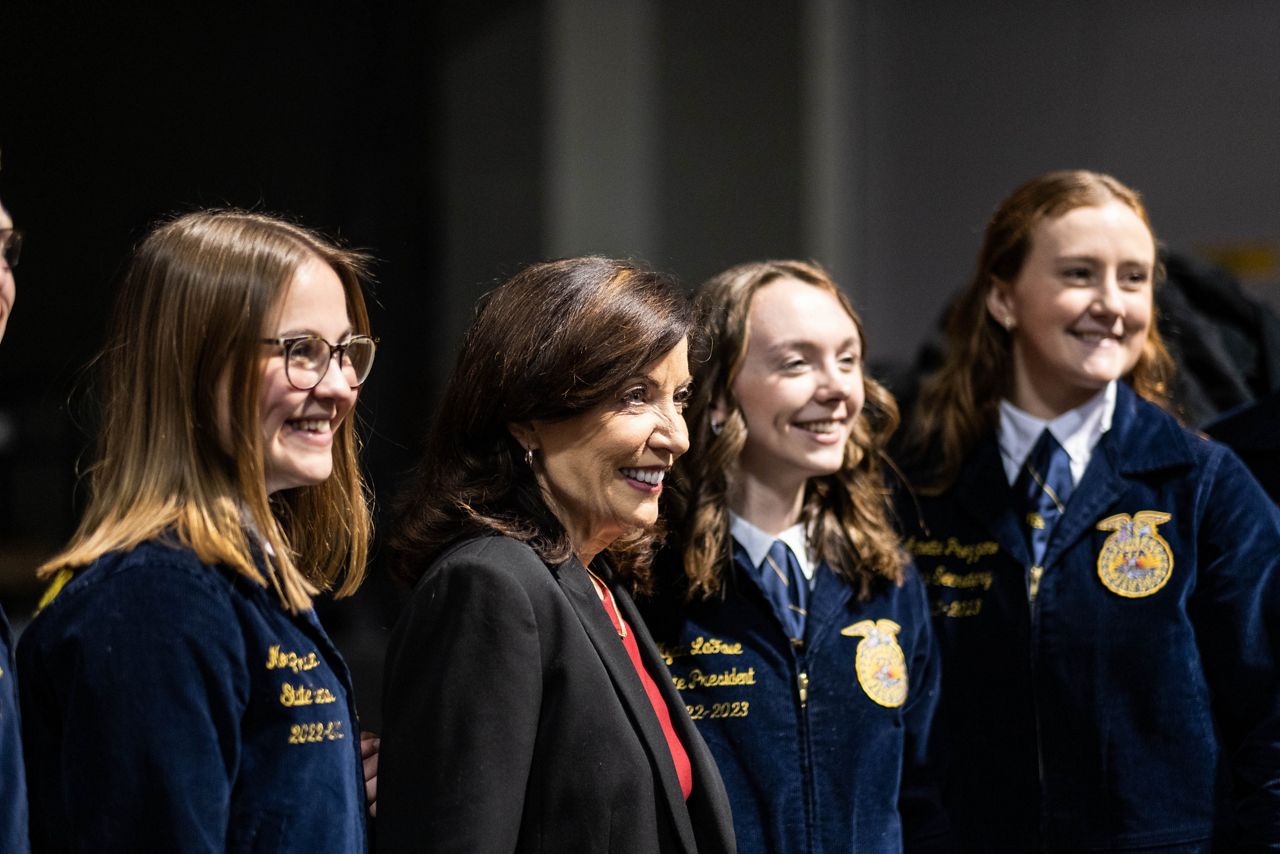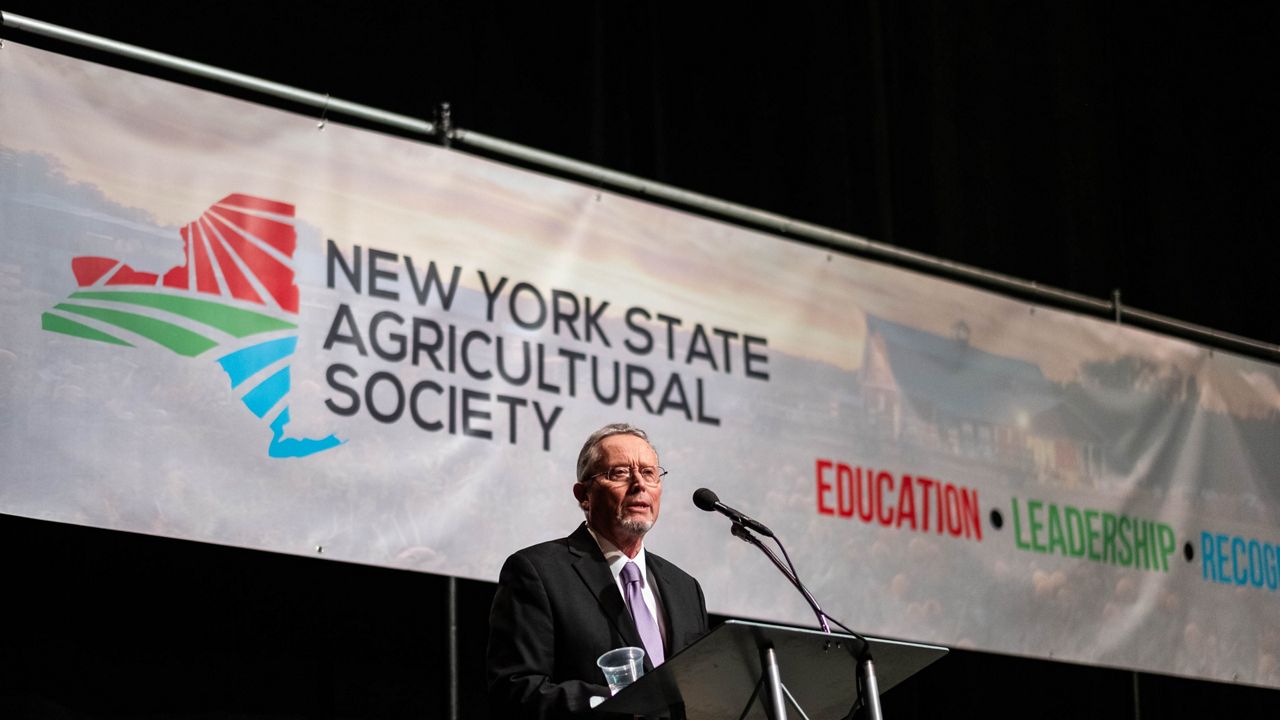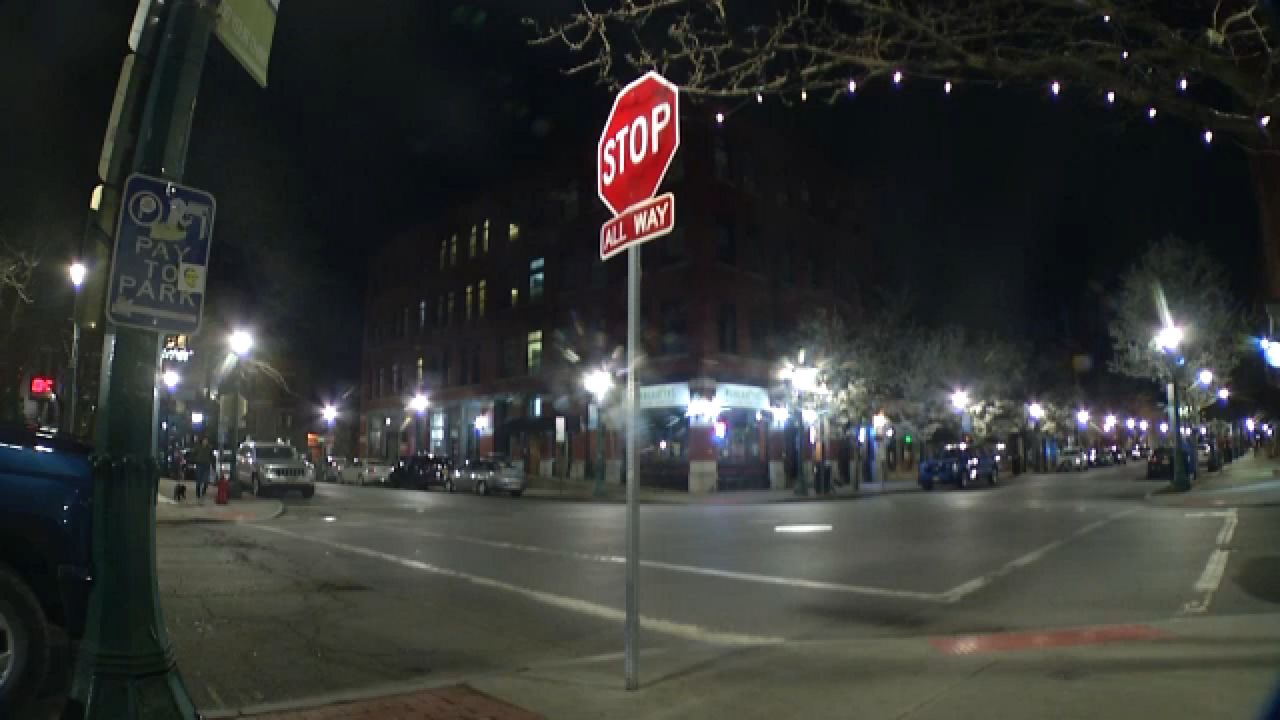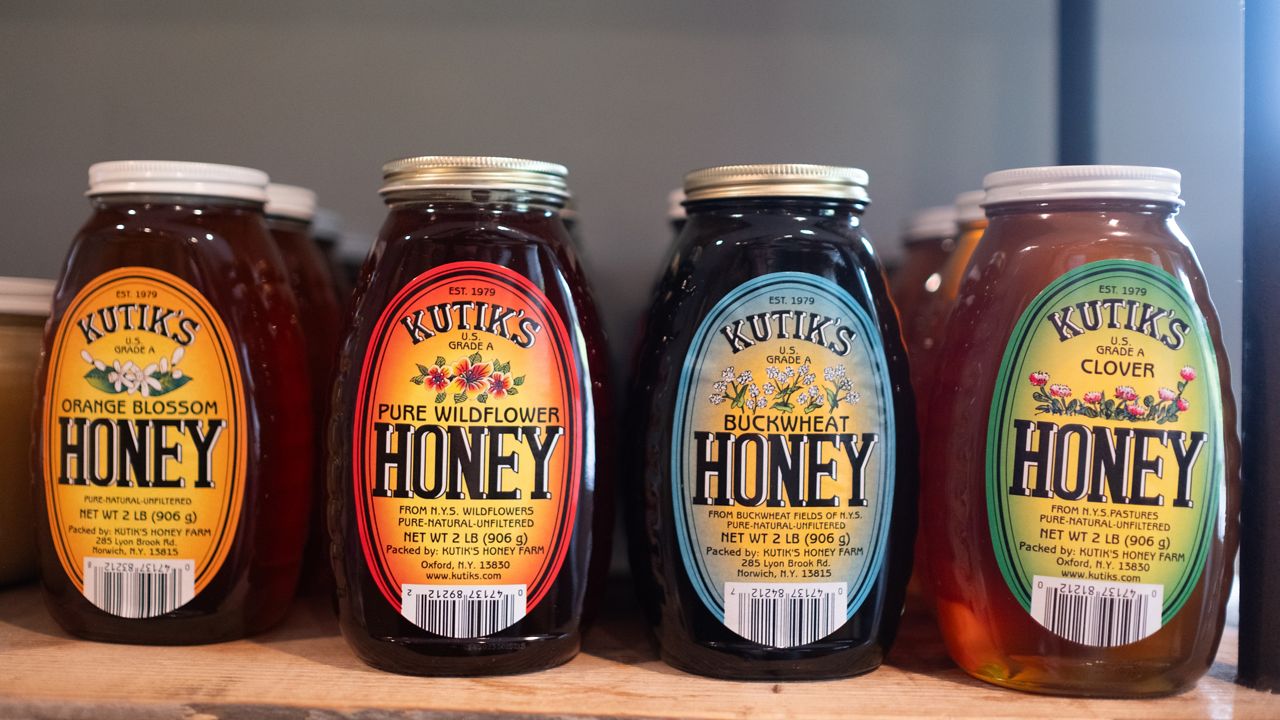Days after Gov. Kathy Hochul laid out a plan to increase the state’s purchasing of food grown in New York, farmers and agriculture insiders lauded the plan as a boost to an industry recovering from the impacts of the COVID-19 pandemic and rising costs of doing business.
“Farmers are resilient,” state Commissioner of Agriculture Richard Ball said as he opened his 10th state of agriculture address in Syracuse on Thursday. “We’ve navigated uncertainty and adversity that was brought on by the COVID-19 pandemic, the loss of markets, disruption to our food supply systems, labor challenges and financial hardships but through it all, you’ve continued forward, still finding ways to farm, still feeling people, still growing.”

The plan Hochul outlined in Tuesday’s State the State address would set a goal to have public schools, prisons and nursing homes buy 30% of their food from New York farms by 2028. The plan would build off initiatives like Farm to School and Nourish New York.
Daren Phillips, a poultry producer from Clarence who attended the meeting, said he supported the plan to strengthen the connection between farmers and New Yorkers.
“To us, it means there is somebody trying to connect us to people of need in the state. We work really hard to produce products for people all over the country, but first and foremost, we care about our neighbors,” he said.
Among the challenges farmers face heading into 2023 is navigating the state’s new rules on the farmworker overtime threshold, which will drop from 60 to 40 hours by 2032. When state officials approved the plan in the fall, many farmers expressed worry about what it meant for the financial stability of their farms.
“I think our farmers are going to evaluate that very closely, they’re going to look at their workforce and they’re going to think about how they want to manage that,” Ball said in an interview. “It is a challenge, but it’s business. The governor talked about having the state put in the budget funding to pay for those overtime hours when it begins to ratchet down.”

As part of the overtime threshold reduction, farmers would receive a tax credit to offset the cost.
Phillips said the cost of labor is a concern for him, but that higher wages in New York can attract more workers.
“Producers in New York are understandably concerned about the cost of labor, it’s certainly impacting our bottom line and our livelihood, but we very much care about the people that work for us,” he said. “We want to pay a living wage, which we feel can happen.”
State officials also will work toward better understanding agriculture challenges through a newly created task force, headed by Ball.

One of the goals will be to improve transportation and distribution of food in New York. A shortage of truck drivers and an increase in diesel fuel prices has impacted how food is distributed, Balll said.
“Before the pandemic, the United States was short 60,000 drivers with CDL permits,” Ball said. “Two years later, we’re short 80,000 drivers so it’s a real problem. I know the governor is talking with agencies about how do we get more people interested in those jobs and getting them trained and certified.”
Overall, Ball said he hopes for a “normal” year for New York farmers and to continue building a strong food system within New York state.
“I’d like to have a boring year, that would be wonderful,” Ball said. “If our farmers face another opponent, they will figure it out, they had a very tough time growing crops last year but they did it. If we learned anything after COVID-19, I think it’s that we learned we better have a responsive and resilient food system here in New York state. Let’s not rely on another country and other parts of the world for our food.”









